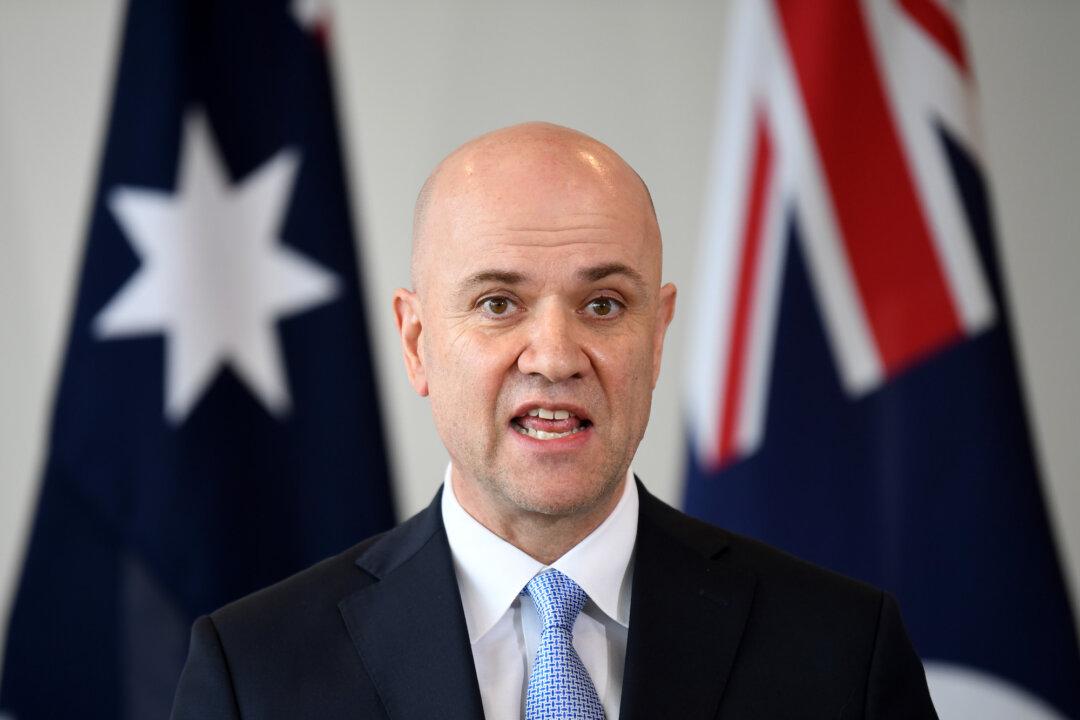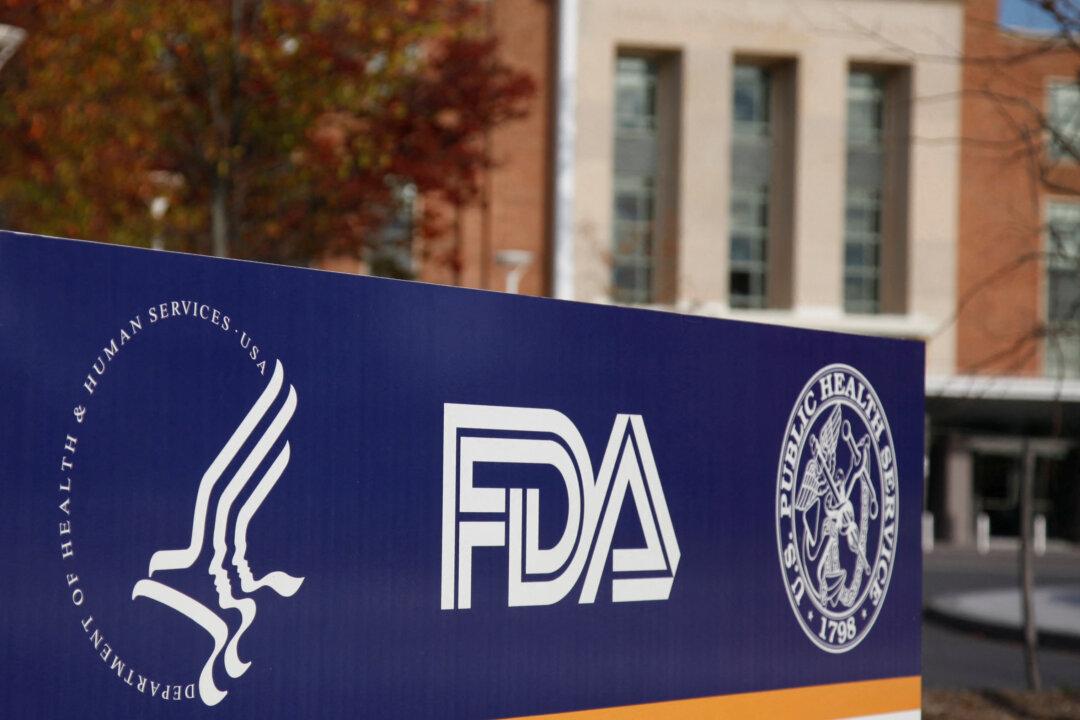The true numbers of COVID-19 cases in one popular Australian tourism destination might be five to 10 times higher than publicly reported, experts and officials in the state of Queensland have concluded, after the results of a randomised survey released on Feb. 3.
The Gold Coast Public Health Unit went door-to-door on the Gold Coast on Jan. 22 collecting PCR tests from what it acknowledged was only a small sample size.





